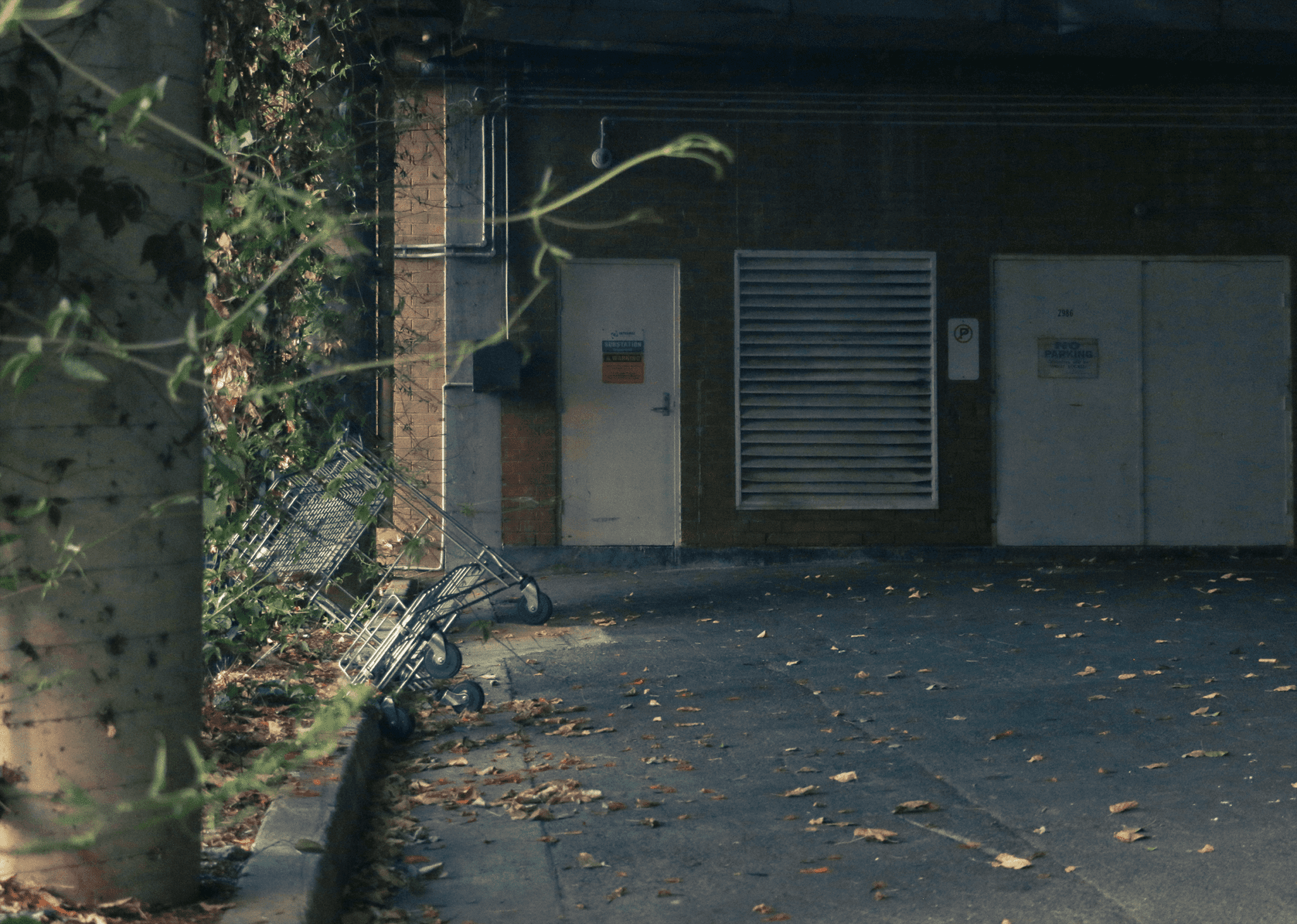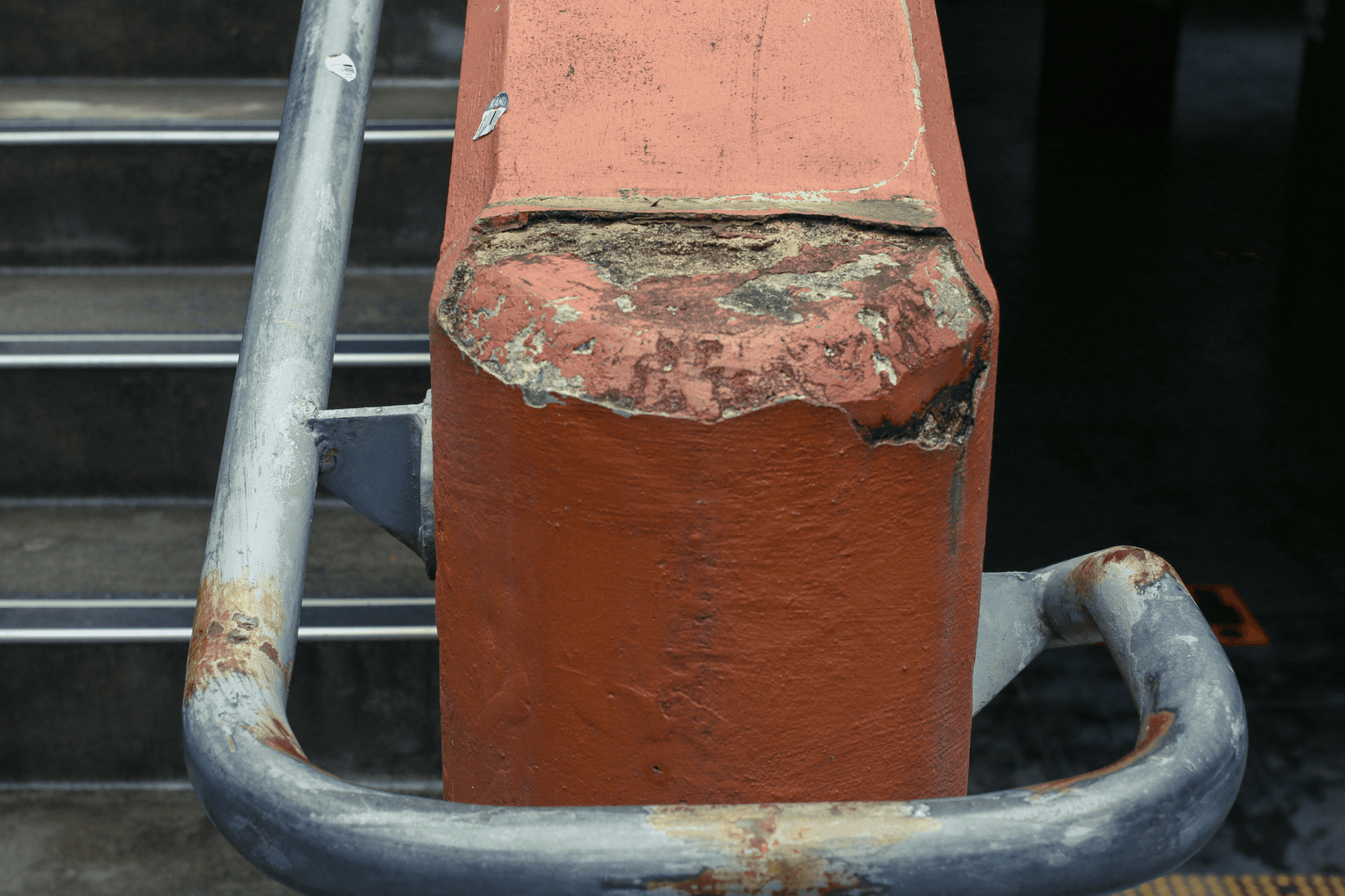Non-places are transient spaces of waiting and impersonal utility, rendering individuals ‘anonymous.’ These spaces – such as train stations, airports, buses and motels – present an inherent tension between humanity and the artificial world. They are paradoxically familiar to us, being places of comfort and even nostalgia, but are also isolating in their restriction of human connection. Automated mechanisms act as an invisible hand guiding us to adopt structured, systematic, and cyclical movements that streamline humanity into manufacturing-esque processes. Isolation and detachment are built into non-places, leading us to question why they were built as shared spaces to begin with. “And I wondered, with mounting anxiety, What am I supposed to do here? What am I supposed to think?” – Alain de Botton.

As imagined spaces slowly become fact, a dichotomy between the version of life envisioned and the actuality of an irresolvable contradiction is exposed. Spaces are subverted, objects are relegated to the past and our temporary existence is exposed.

Interactions outside a panoptic view alter our sensation of space. What emerges are thresholds between the legitimate and the illegitimate, dismantling continuity and weakening any verisimilitude. Thus, within structured borders, anti-space is produced – enlarged anomalies and hollow theatres devoid of legible identity or rational clarity. Far from merely describing emptiness, non-places create it.
Creatures of modernity

Spaces between fact and fiction can never really be occupied. Individuals are suspended in concise moments of static movement, being physically held apart from each other. There is a strangeness in this collective experience. It creates a place of otherness, an effect that runs contrary to human expression. People’s sense of self is suppressed, and they are left questioning their existence as people or non-people.

Spaces no longer respond to our humanity, they provide an articulated but eroding authority – operating to transform their inhabitants, demanding conformity or else there will be chaos. Passive bodies latch onto anchor points provided by this urban discourse, attempting to orientate themselves in the only way they know how.

The similitude of these spaces raises a certain ambiguity – they simultaneously reflect, distort and disrupt each other. Experiences in non-places are at once new and yet the same as they have ever been, reducing existence to something that is barely distinguishable from absence.

The instability of non-places can at once be a source of disjunction and perspective. A rare or beautiful moment has the power to alter the passive body, to shift it out of the mundane and through a passage into other worlds. Moments of escapism suggest the possibility of liberation, of leveraging the contradictions of non-places to remake them.




